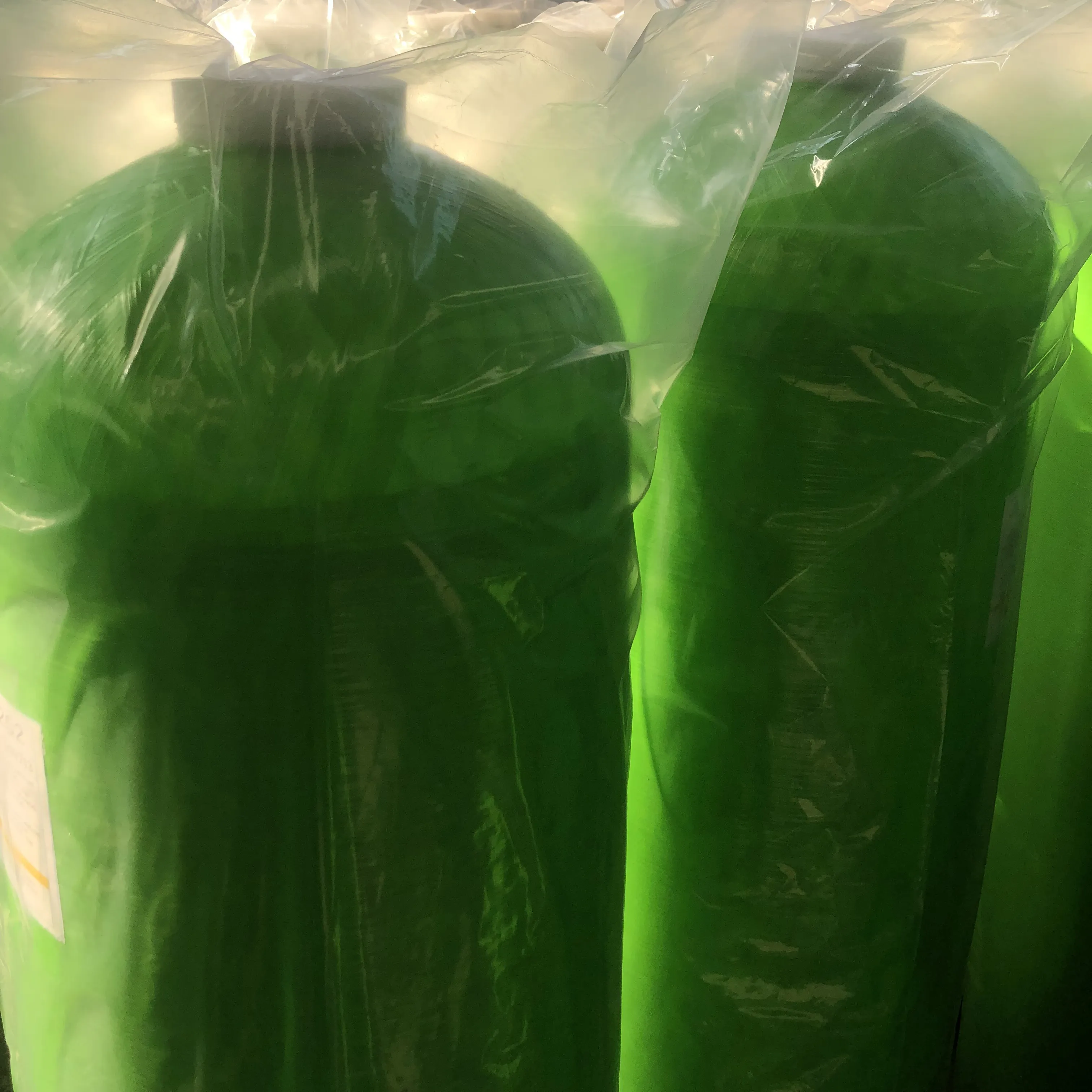loading...
- No. 9, Xingyuan South Street, Dongwaihuan Road, Zaoqiang County, Hengshui, Hebei, China
- admin@zjcomposites.com
- +86 15097380338
- Welcome to visit our website!
fiber reinforced polymer bars
Fiber Reinforced Polymer Bars Revolutionizing Construction and Engineering
In recent years, the construction and engineering industries have witnessed a significant shift towards innovative materials that not only enhance performance but also promote sustainability. Among these innovations, Fiber Reinforced Polymer (FRP) bars have emerged as a game-changer, offering a plethora of advantages over traditional materials such as steel and concrete. This article delves into the characteristics, applications, and benefits of FRP bars, highlighting their role in modern construction.
What are Fiber Reinforced Polymer Bars?
Fiber Reinforced Polymer bars are composite materials made from a polymer matrix reinforced with fibers, typically glass, carbon, or aramid. These fibers provide the bars with enhanced mechanical properties, including strength, stiffness, and resistance to corrosion. The use of polymers also results in a material that is significantly lighter than steel, making handling and installation easier. The combination of these features makes FRP bars an attractive alternative in various applications, particularly where durability and weight are critical considerations.
Benefits of FRP Bars
1. Corrosion Resistance One of the most significant advantages of FRP bars is their resistance to corrosion. Unlike steel, which can deteriorate over time due to exposure to moisture and chemicals, FRP bars maintain their integrity even in harsh environments. This property is particularly beneficial in marine structures, chemical plants, and other settings exposed to aggressive agents.
2. Lightweight The lightweight nature of FRP bars simplifies transportation and reduces the overall load on structures. This characteristic is beneficial in seismic-prone areas, where minimizing weight can enhance structural stability during an earthquake.
3. High Strength-to-Weight Ratio FRP bars possess a remarkable strength-to-weight ratio, making them suitable for demanding applications. Their inherent strength allows for the design of slender structures without compromising safety and serviceability.
fiber reinforced polymer bars

4. Thermal and Electrical Insulation Unlike traditional materials, FRP bars do not conduct electricity and have excellent thermal insulation properties. This makes them ideal for use in environments where electrical conductivity could pose safety risks or where thermal insulation is required.
5. Design Flexibility The versatility of FRP bars allows engineers and architects to incorporate them into various designs, including complex geometries. This flexibility enables innovative construction methods and aesthetic improvements in architectural projects.
Applications of FRP Bars
FRP bars are increasingly being used in a variety of structural applications. In bridges, they can serve both as reinforcement for concrete and in the construction of lightweight trusses. The use of FRP bars in pavement structures enhances durability while reducing maintenance costs. In addition, they are finding applications in precast concrete elements, retaining walls, and even in seismic retrofit projects.
The use of FRP bars is also expanding into the field of renewable energy. In wind energy projects, for example, FRP composites can be used for components like turbine blades, where their lightweight and high strength contribute to improved performance and efficiency.
Conclusion
As the construction industry continues to evolve, the adoption of Fiber Reinforced Polymer bars is becoming more prevalent. Their unique properties—such as corrosion resistance, lightweight characteristics, high strength-to-weight ratio, and design flexibility—make them an essential material for modern engineering challenges. The ongoing research and innovations in FRP technology promise to further enhance their applications, paving the way for smarter and more sustainable infrastructure solutions. As we look to the future, FRP bars stand at the forefront of material science, potentially revolutionizing how we think about construction and design. The integration of these advanced materials could redefine standards, ensuring not only structural integrity but also environmental sustainability in our built environment.
-
GRP Structures: The Future of Lightweight, High-Performance EngineeringNewsJun.20,2025
-
FRP Water Tank: High-Performance Storage for Corrosive and Clean Water SystemsNewsJun.20,2025
-
FRP Square Tube: The New Industry Standard for Chemical and Structural ApplicationsNewsJun.20,2025
-
FRP Pultruded Profiles: The Ultimate Choice for Lightweight Structural StrengthNewsJun.20,2025
-
FRP Handrails: The Safer, Smarter, and Stronger Choice for Modern InfrastructureNewsJun.20,2025
-
FRP Grating: The Smart Solution for Durable, Lightweight Industrial FlooringNewsJun.20,2025
-
Why Choose a Galvanized Water Tank for Your Storage NeedsNewsMay.21,2025
